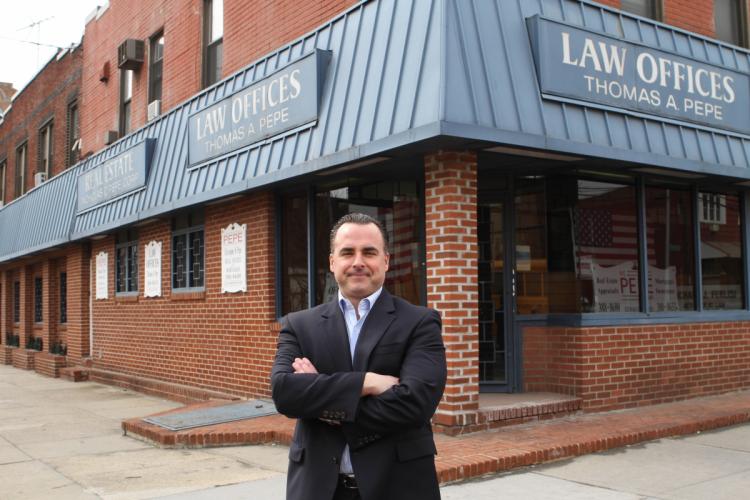A third-generation real estate professional, Chris Pepe has spent his life observing and learning the real estate market. His experience makes him the perfect person to explain how agents looking to invest or working with new investors can choose the right property to start their portfolio and maximize returns.
1. Don’t only buy on today – Buy on the future upside of a property. A potential buyer of an investment property needs to do their due diligence and look at the history of the area especially the past and current demographic trends.
2. Purchase a Property Needing Renovation – Buying property that needs renovation allows the buyer a tremendous opportunity and leverage to negotiate a better purchase price. There can be a circumstance where an investor purchases a property for $100,000, puts in $300,000 for renovation and then sells it for $1,000,000.
The buyer should make an offer contingent upon having an engineer doing an inspection first – I cannot emphasize how important that is. A home inspection is completely different. An engineer, by contrast, will test the structure. Also, buyers should ensure they have an environmental expert to test the land and water. If a buyer does not do their due diligence on those fronts, they stand to lose a substantial amount of money.
3. Put As Little Money Down As Possible – Put as little money down that the purchase will allow, because after the buyer fully occupies the property, the new rents rolling in will bring in revenue. The tenants and the owner should do a cash-out refinance allowing the investor to use that money to purchase another property
Investors should have banks work for them, and currently, money is very cheap to borrow.
If the property is a four family unit and under, investors can get a residential loan. If it’s a five family or over, it’s considered a commercial property and would require a commercial loan, and the minimum down payment is 30 percent (many buyers do not know that).
If an investor is buying a six-family unit, they can get a 15-year fixed loan on a commercial mortgage (you cannot get a 30-year fixed rate) at around 4.5 to 4.75 percent.
If you purchase a one- to four-family unit, you can put down 20 percent and get around 4 percent for a 30-year fixed-rate mortgage. If you can put more money down, great. But why put all your eggs in one basket? If you have more money, you can invest it in another property.
4. 6 Percent Cap Rate of Return – Investors should try to buy property with a minimum of a 6 percent cap rate of return. To figure out the rate of return, take the investor’s net potential income and divide that number into the purchase price.
5. Location and Public Transportation – Find property in up-and-coming areas near public transportation that are on the outskirts of really hot real estate markets. Buying in the best locations is very competitive, and chances are investors will not get the best deal in those markets. There is always someone that has more money in hot real estate markets.
Chris Pepe is the president and lead broker for NC Pepe Corp, based in New York. The business has been in Pepe’s family since 1929.


What do you know of mph investing ,developing